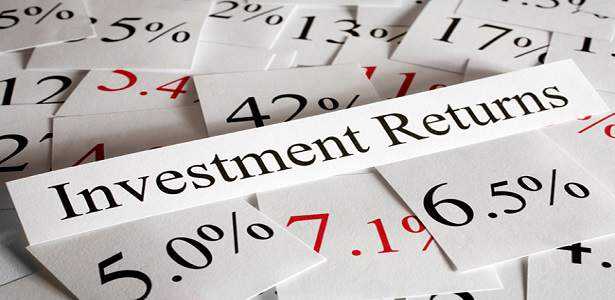
We previously discussed some important ratios that can help you make the right investment decision in real estate. In this blog, we look more closely at two important calculations that are used by real estate investors to assess properties for investment.
Return on Investment for Real Estate
Return on investment, aka rate of return, is one of the most important rates to calculate before you invest. It tells investors how profitable their investment is compared to the capital they put down on the property.
Ideally, you should choose properties that offer a higher rate of return. The rate is calculated as;
Let’s consider an example to get a better idea of ROI. Suppose you are looking to invest in a rental property that would cost $300,000 to purchase. If rented, you can generate a monthly income of $3,000 on the property.
Suppose you will also incur expenses such as repairs and taxes etc, which cost $1,000 per month. This gives you a net monthly income of $2,000 on the property.
Your return on the investment will be $24,000 ($2,000 x 12) / $300,000 x 100% = 8%.
What is a Good ROI?
Once you have calculated the ROI on your property, your next question might be ‘what is a good ROI for an investment property?’
The answer depends on your goals and circumstances. Some investors prefer double digit returns and only opt to invest in properties that give them a return of 10% - 15%. Commercial properties are more likely to give you that rate than residential homes.
An ROI of 4% - 8% is better and more realistic for residential real estate. A lower rate is risky because it can dip into negative cash flow. A higher rate almost always attracts competition into the market.
Cash on Cash Return (CoC)
CoC is also very important to calculate before investing in a property. CoC gives you the annual cash inflow from a property investment compared to the initial cash outlay. It is calculated as;
Consider the following example. Suppose you are looking to buy the same property that costs $300,000 and it will generate an income of $3,000 per month. You are going to put down only 20%, or $60,000, of the price as down payment and the rest will be financed through a lender in a 30-year mortgage.
The monthly mortgage payment is $1,000. Your total monthly expense in this case will be $2,000 and cash flow will be $1,000.
Your CoC Return will be $12,000 ($1,000 x 12) / $60,000 x 100% = 20%
Your initial cash outlay will be recovered in 5 years, without discounting for inflation. As obvious, the higher the CoC rate, the better.
What is a Good CoC Return?
Investors’ opinion is mixed on CoC Return. Many believe that anything above 8% is good at the current inflation rate. Others wouldn’t even bother investing in a property if the CoC rate isn’t at least 15% or higher.
CoC Return varies based on the type of property, location and rental strategy. A CoC return of 8% might be great for one market while a CoC return of even 15% may not be good enough for another market. Before you conclude what is a good CoC Return, it is best to consider all factors.
For more information, you can visit Calculate investment property return without a spreadsheet.



